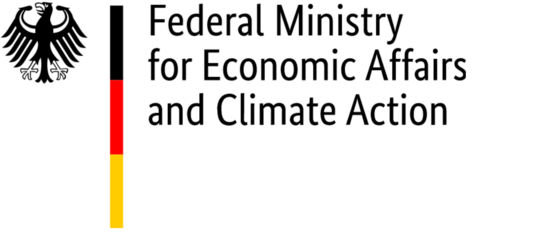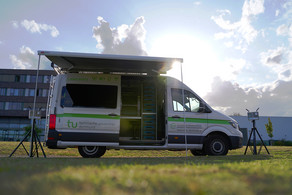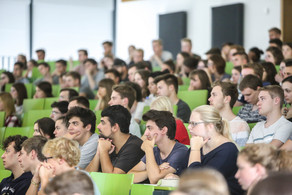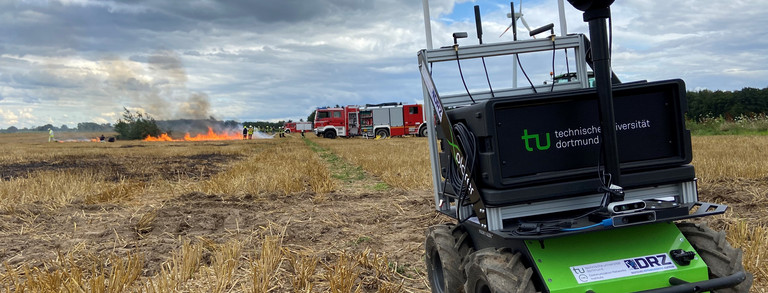ReCoDE
In the ReCoDE project, a co-simulation platform is to be created to facilitate a holistic replication of current and future use cases in digitized energy systems. The integration of the use cases into existing reference models for the energy and communication systems as well as market mechanisms is of great importance here. This also applies to the corresponding reference scenarios as well as their further development. To realize this, existing industry standard tools have to be made interoperable while simulation process chains need to be made universally usable. In this project, simulation and co-simulation tools that are widely used in the industry (i.e. mosaik, SIMONA, OpSim, pandapower, OMNeT++/ns-3) are to be further developed in order to make reference scenarios of digitized energy systems quantitatively investigable in a consistent and flexibly exchangeable manner. In particular, the integrated simulation of information and communication technologies (ICT) enables new investigation possibilities with regard to the robustness and resilience of innovative automation approaches in the energy system. The web-based platform to be implemented in ReCoDE is to be developed as a reference platform that can be used in research and industrial projects in the long term and in a variety of ways, with a focus on open-source tools and scenarios.
Project Duration: 01.01.2023 - 31.12.2025
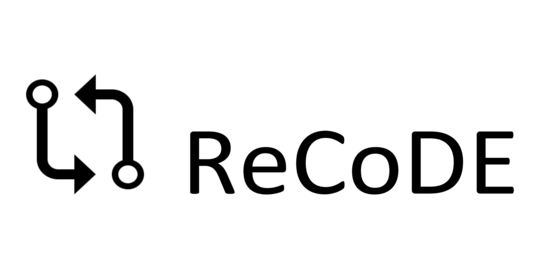
The CNI focuses on researching relevant reference scenarios and the required enhancement of existing ICT simulators with innovative features such as resilient heterogenous communication. Also, efficient network slicing based on machine learning driven predictive resource allocation will be researched, while the toolset’s usability will be enhanced by a highly automated system for modelling large-scale communication topologies for any given energy system scenario.
The project is funded by the Federal Ministry for Economic Affairs and Climate Action under the funding reference 03EI6093B.
